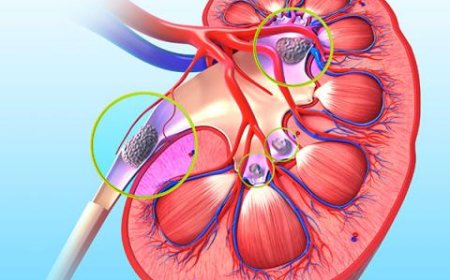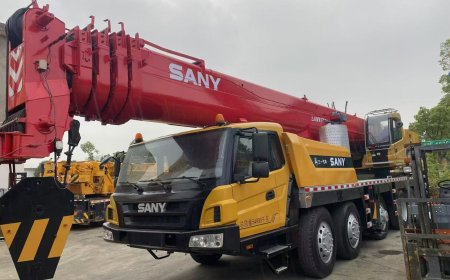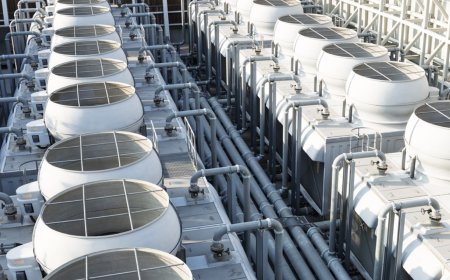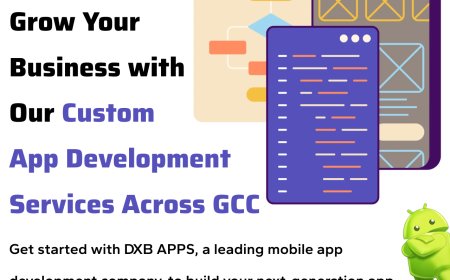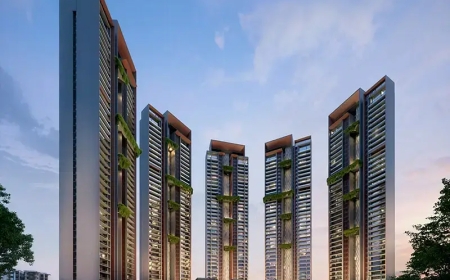How Utility Scale Wind Farms Get Planned and Built
A no-fluff guide to utility scale wind farms — how they work, what slows them down, and what engineering teams should keep an eye on.
Whats a Utility Scale Wind Farm, Exactly?
Utility scale wind farms are big. Not just in size, but in impact. These arent the one-off turbines you see on farms. These are grid-connected systems built to sell power directly to utilities. Usually, that means a mix of land leasing, multi-phase construction, and a lot of engineering hours.
They show up in all kinds of industries, from private developers to government-backed projects. The goal: move a large chunk of renewable energy onto the grid without wrecking reliability.
What Goes Into Building One?
Youll need more than just turbines. These projects bring together teams for civil work, electrical design, communications, and grid interconnection.
And dont forget about the owners engineer someone needs to keep an eye on how everything fits together. Their job is to catch issues before they become expensive problems.
If you're handling MEP engineering, you might get pulled in for operations buildings, control rooms, or on-site electrical coordination. There's a lot more going on than just spinning blades.
The Interconnection Part Is a Big Deal
This is where most timelines go sideways. To sell power, the site has to connect to the grid. But not just plug in the whole system has to be tested, modeled, and approved. Thats where poi interconnection engineering support comes in.
Without proper studies and drawings, the utility can hold everything up. Or worse they give feedback way too late, and now you're redoing designs. It's better to loop in interconnection experts early so youre not scrambling later.
Keep an Eye on Compliance
If your turbines use inverters and many do now pay attention to NERC Alert Level 3 IBR. These alerts deal with reliability risks from inverter-based resources. Even if your tech is solid, compliance still matters. Its about how your system plays with others on the grid.
Grid codes arent static, either. What passed inspection last year might not fly now. Thats why teams lean on owners engineers to stay updated and catch these shifts.
Solar vs Wind vs Battery
If youve worked on utility scale solar farms or utility scale battery storage, youll see some overlap. Same need for permitting, interconnection, and engineering coordination.
The difference with wind? Its more sensitive to land features, access roads, and elevation. Turbine layout takes real planning. Plus, wind power is less predictable than solar, so the modeling is a bit trickier for utilities to sign off on.
Quick Tips That Actually Help
-
Start interconnection work early seriously, dont wait
-
Double-check turbine specs against utility rules
-
Keep communication open between your design team and owners engineer
-
Know the compliance alerts that apply, like nerc alert level 3 ibr
-
Dont assume last projects plan will work on this one
Final Thought
Utility scale wind farms arent just about generating clean power theyre about doing it in a way that works for the grid. The smoother your plan, the faster it goes online.





